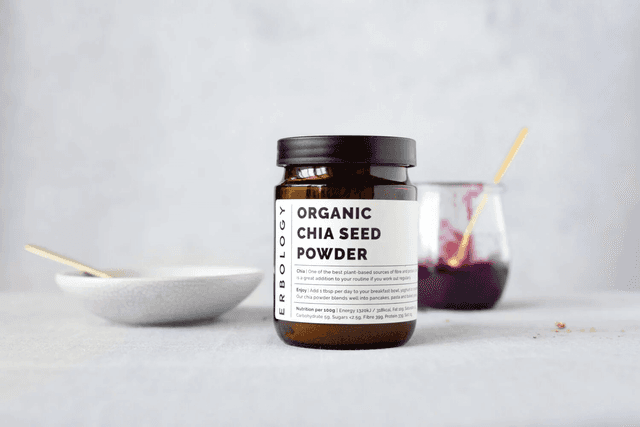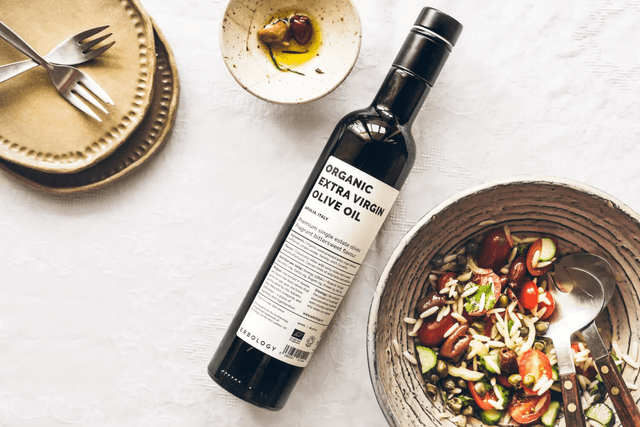25 Sep 2022
What is sustainable food packaging?
Food packaging is a major aspect of the food sustainability agenda. Plastic, for example, is one of the cheapest and most common packagings on food. It’s also incredibly efficient at protecting food. In some cases, the shelf life of fresh food products is extended significantly by plastic packaging, thereby reducing food waste. But environmentally, it’s a disaster. This kind of “trade-off” is typical of the sustainable food movement, and demonstrates why we need complex, innovative and interconnected solutions to deal with these issues.
Glass packaging
As its moisture and heat resistant, glass is an excellent material for long shelf life foods. Think jars of beans, spice pots or bottles of olive oil. Its heat resistant properties allows manufacturers to “heat treat” the product after filling the material. This keeps the air out until the seal is broken. Similarly, glass won’t react to food and is transparent, which allows the consumer to see what’s inside. And most importantly, glass is widely and easily recycled – making it one of the more sustainable materials to use.
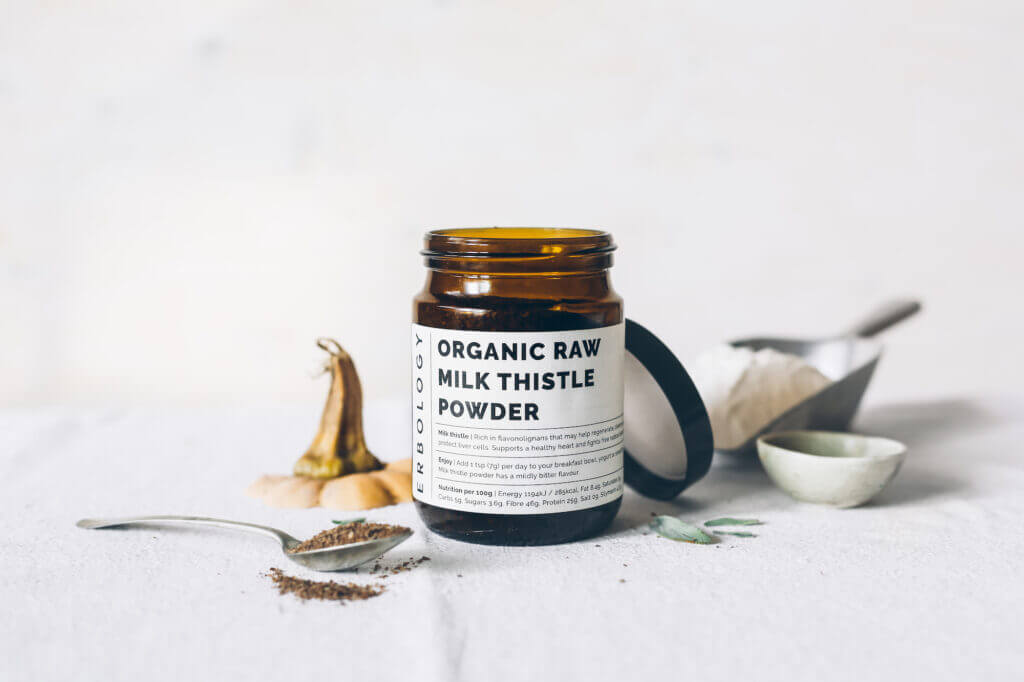
Metal packaging
Usually made from stainless steel, aluminium or tinplate, metal food packaging is heat resistant, durable and easily recycled. It’s widely used for longlife fruit and vegetables, processed foods and fish. Think tins of tuna, tomatoes and peaches. However, metal cans containing overly acidic foods can result in corrosion. Food quality is often affected, as well as the level of protection that the material offer over time.
Paper and cardboard
Paper and cardboard packaging is super lightweight and relatively low-cost compared to metal, glass and some types of plastic. It’s also widely recyclable and is even compostable – making a sustainable material to package food in. However, the so-called “barrier integrity” (i.e. how well it forms a barrier to moisture, heat or other factors) is compromised when in contact with moisture or humidity. This makes it easy to damage or tear. Flour, eggs and some fruit and vegetables are some of the most common foods packaged in paper and cardboard.
There is, however, some debate over what kind of paper to use. Global consumption of paper has quadrupled in the last 50 years and is now at an unsustainable level. But organisations are trying to make positive changes in the industry. The Forest Stewardship Council, or FSC, is an international non-profit which is backed by environmental charities such as Greenpeace, The Woodland Trust and the World Wildlife Fund. They aim to promote sustainable forestry, tracking timber through each stage of the supply chain and managing their own forests. Keep an eye out for their tick-tree logo. This will certify whether the paper product has come from FSC certified forests or is made from reused or reclaimed materials.
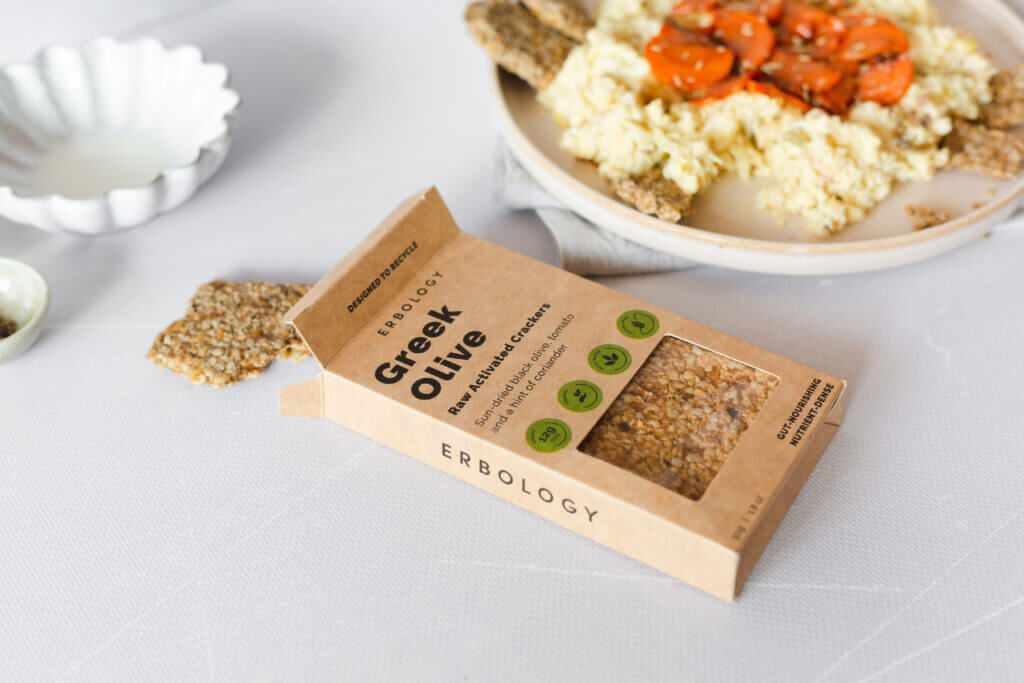
Plastic food packaging
Food grade plastic has excellent barrier qualities. This means it protects the food exceptionally well from contaminants. It is one of the best materials for the food safety and quality of a product. The barrier properties also extend shelf life and prevent spoilage or a reduction in quality, which can reduce food waste. However, many food grade plastics aren’t recyclable – such as thin single-use plastics – or are just more difficult to recycle. In some cases, this can lead to questionable practices by waste management services. More on this in the next section.
Our plastic problem
There are no two ways about it. Plastic is a miracle material, revolutionising the modern world in countless ways, from medical equipment and treatment to food safety and transportation. But unfortunately, our plastic consumption is out of control. Production of plastic has grown from 2.3 million tons in 1950 to 448 million tons in 2015 and is expected to double by 2050. Shockingly, less than 9% of all plastic gets recycled. And every year, 10 million tons of plastic is dumped in the oceans. The equivalent to a rubbish truck load every minute.
Environmentally, it’s catastrophic. Natural habitats are disrupted, making it difficult for some species to live and breed naturally, ultimately leading to depletions in populations. Animals get trapped in discarded plastic and microplastics are eaten by ocean creatures. Worrying evidence is also emerging about how microplastics can enter our bloodstream from the use of everyday items such as lunchboxes, bottles and even clothes.(1)
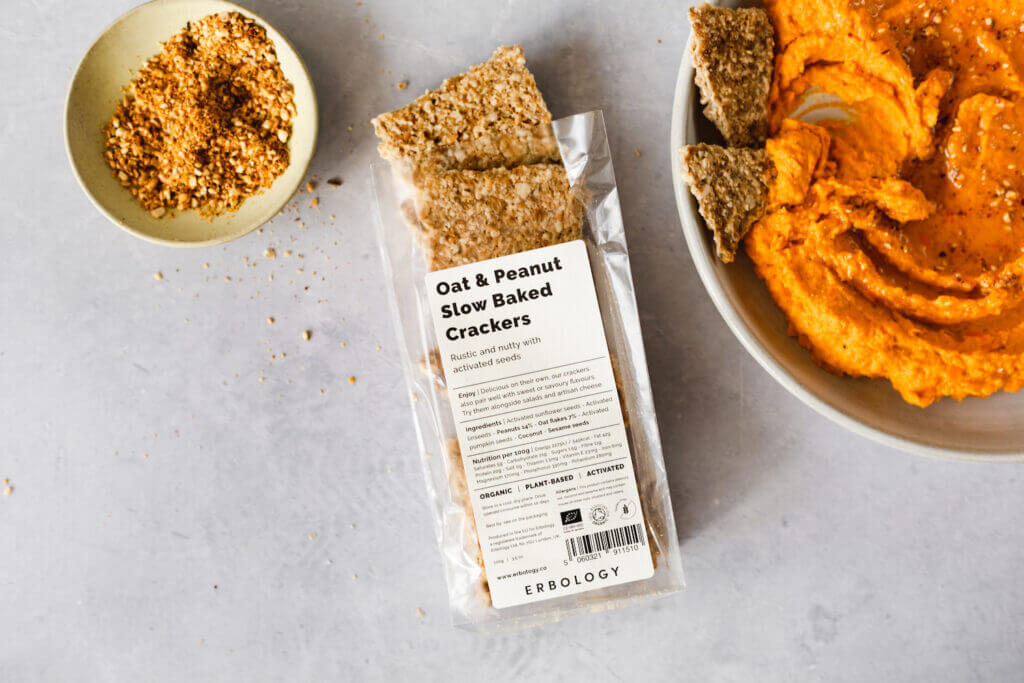
What about recycling?
Does recycling solve any of the above problems? Not always. The US and UK produce the highest levels of plastic waste per person than any other country.(2) However, huge amounts are sent overseas to be “recycled” by countries who just aren’t equipped to process it. In many cases, plastic waste is dumped and burned abroad, negatively affecting the local environment and residents’ health.
At the same time, those working to reduce food waste in the food sector are concerned that reducing the plastic that keeps food fresh, food waste will increase. In the UK alone, we’re estimated to waste around 9.5 million tons of food each year. This equates to a huge £19 billion and 36 million tonnes of greenhouse gas emissions. In the US, this figure jumps to 40 million tons. Plastic packaging is also compliant with the strict food safety standards we have in the UK and US. This, on the whole, prevents food-based bacterias such as salmonella harming the health of our populations.
Sustainable packaging solutions?
Businesses, however, are starting to find new and innovative solutions to food packaging that keeps the product fresh and safe, while reducing their reliance on single use plastics. By phasing out single-use plastic bags, for example, usage has decreased by 97% in England, according to figures from the Department for Environment, Food and Rural Affairs.(3) Similarly, food retailers are also swapping out single-use plastic food packaging in favour of paper or cardboard alternatives, which is biodegradable and easily recyclable.
There have also been some impressive innovations in the food packaging sector to develop more sustainable solutions. Plastic-type materials, for example, are now being made from natural substances. Unlike petroleum-based plastic, these are biodegradable and renewable. These include packaging solutions made from cornstarch, sun-dried areca palm leaves, seaweed, sugarcane and cellulose. While these innovative and sustainable packaging alternatives are still too expensive to become mainstream, they have the potential to radically transform the sector.
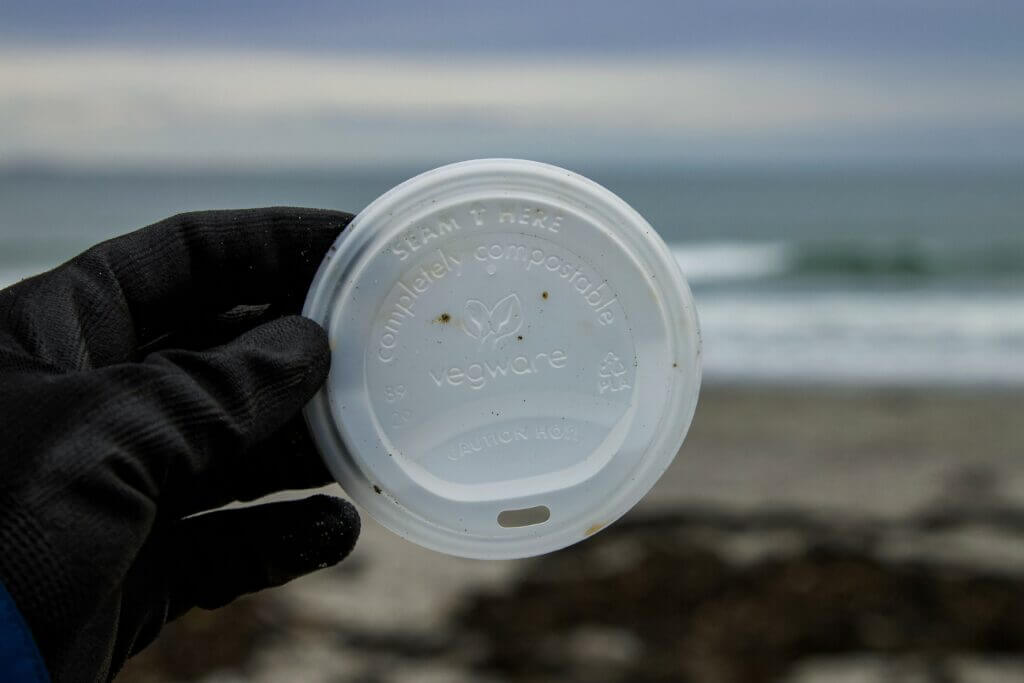
Our approach
Erbology is committed to the “reduce, reuse and recycle” ethos. In practice, that means we reduce our packaging needs as much as possible, and use glass, cardboard or aluminium wherever possible. We also promote reusing our containers. For example, our small shot bottles and jars are high quality, and can be used to store other foods or spices in – or even to carry liquids while travelling! Any plastic we do use is fully recyclable. The reason we sometimes need to use plastic is for their high-grade barrier properties when wrapping snacks, especially because they’re raw and can easily spoil. When more viable biodegradable packaging solutions are available on the scale we need, we’ll be the first to look into switching. Similarly, we’d love to use recycled glass but they are rarely compliant with food safety standards. As such, they're more suited for use in candle making or similar industries.
